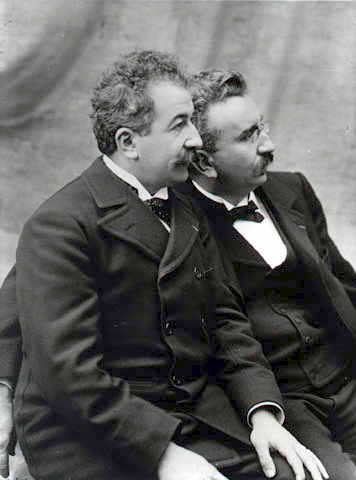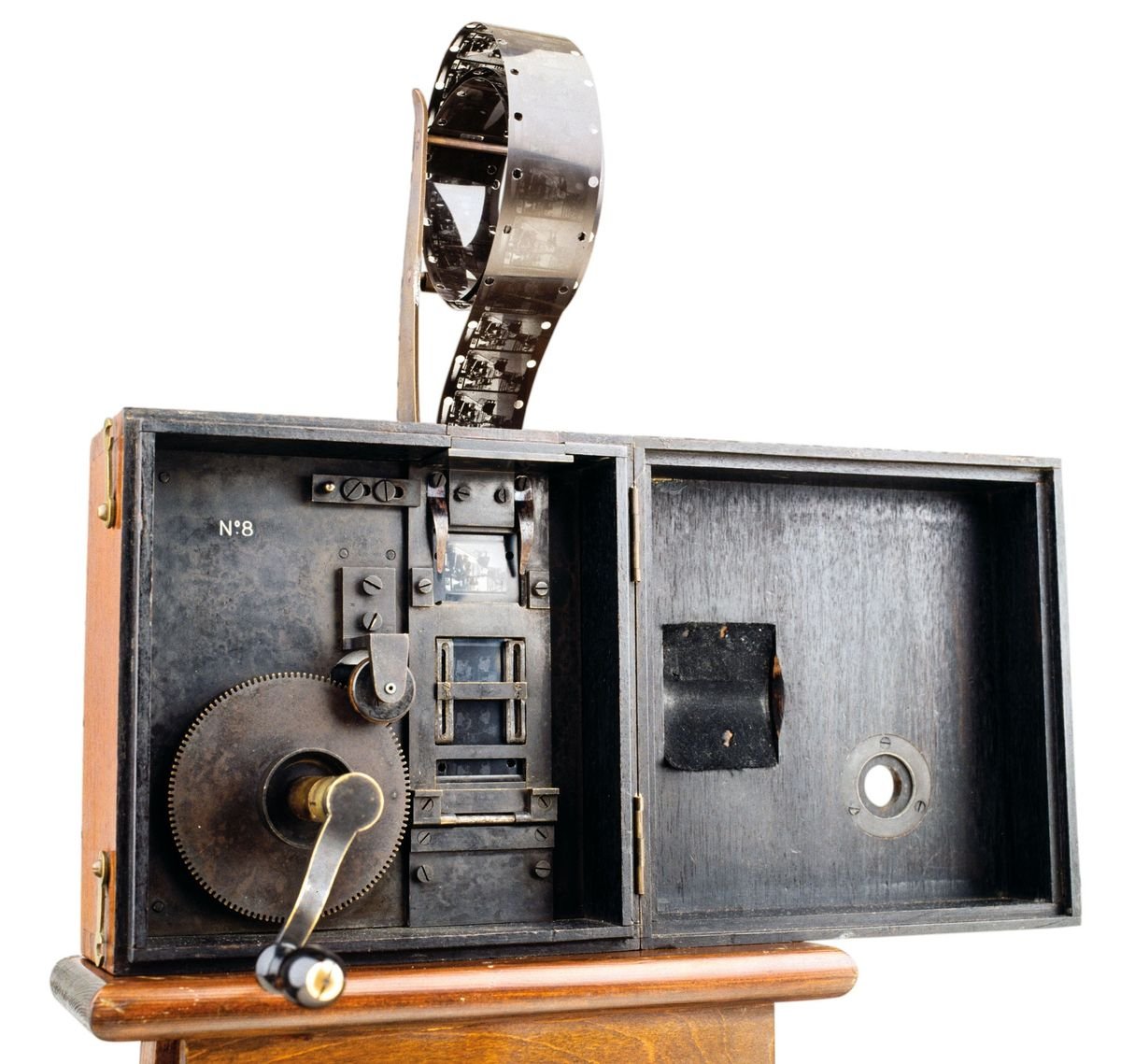'Cinema is an invention without a future.' - Louis Lumière
'My invention can be exploited... as a scientific curiosity, but apart from that it has no commercial value whatsoever' - Auguste Lumière
Basically one don't know the potential of ones inventions.
#threadstorytime
'My invention can be exploited... as a scientific curiosity, but apart from that it has no commercial value whatsoever' - Auguste Lumière
Basically one don't know the potential of ones inventions.
#threadstorytime
The Lumière sibling pair created an unprecedented form of art and entertainment that radically influenced popular culture.
Development of cinematograph has strong ties with invention of dry” photographic plate that was coated with a chemical emulsion.
Development of cinematograph has strong ties with invention of dry” photographic plate that was coated with a chemical emulsion.
In 1894 Antoine , The father, attended a Paris exhibition of Thomas Edison and William Dickson’s Kinetoscope, a film-viewing device often referred to as the first movie projector. However, the Kinetoscope could show a motion picture to only one person at a time.
Antoine wondered if it were possible to develop a device that could project film onto a screen for an audience.
One year later, His children, had succeeded, and the Lumière Cinématographe was patented.
One year later, His children, had succeeded, and the Lumière Cinématographe was patented.
The Lumières held the world’s first public movie screening on December 28, 1895, at the Grand Café in Paris almost 125 years ago.
Their directorial debut was La sortie des ouvriers de l’usine Lumière (Workers Leaving the Lumière Factory).
Their directorial debut was La sortie des ouvriers de l’usine Lumière (Workers Leaving the Lumière Factory).
Georges Méliès, the renowned magician and director of the Théâtre Robert Houdin in Paris, remarked, “We stared flabbergasted at this sight, stupefied and surprised beyond all expression. At the end of the show there was complete chaos.’’
Legend has it that when audiences viewed the Lumières’ film The Arrival of a Train at La Ciotat Station in 1896, the sight of the approaching train sent viewers running away in terror.
A moving picture was a shock to the senses, revolutionary to behold.
A moving picture was a shock to the senses, revolutionary to behold.
The day after the first public screening of the Lumières’ film in 1895, a local gazette trumpeted, “We have already recorded and reproduced spoken words. We can now record and play back life. We will be able to see our families again long after they are gone.’’
As the cinema grew popular, the brothers began to turn their attention to new projects. They focused their ever present curiosity on tackling another technical challenge: color photography.
Patented in 1903, their process, called Autochrome Lumière, involved covering a glass plate with a thin wash of tiny potato starch grains dyed red, green, and blue. This granular wash created a filter, and gave autochromes the soft, pointillistic quality of a painting.
This family of inventors lived up to their name—lumière means “light” in French—illuminating life as they archived the past, captured the unseen, and created filmmakers and audiences alike.

 Read on Twitter
Read on Twitter



